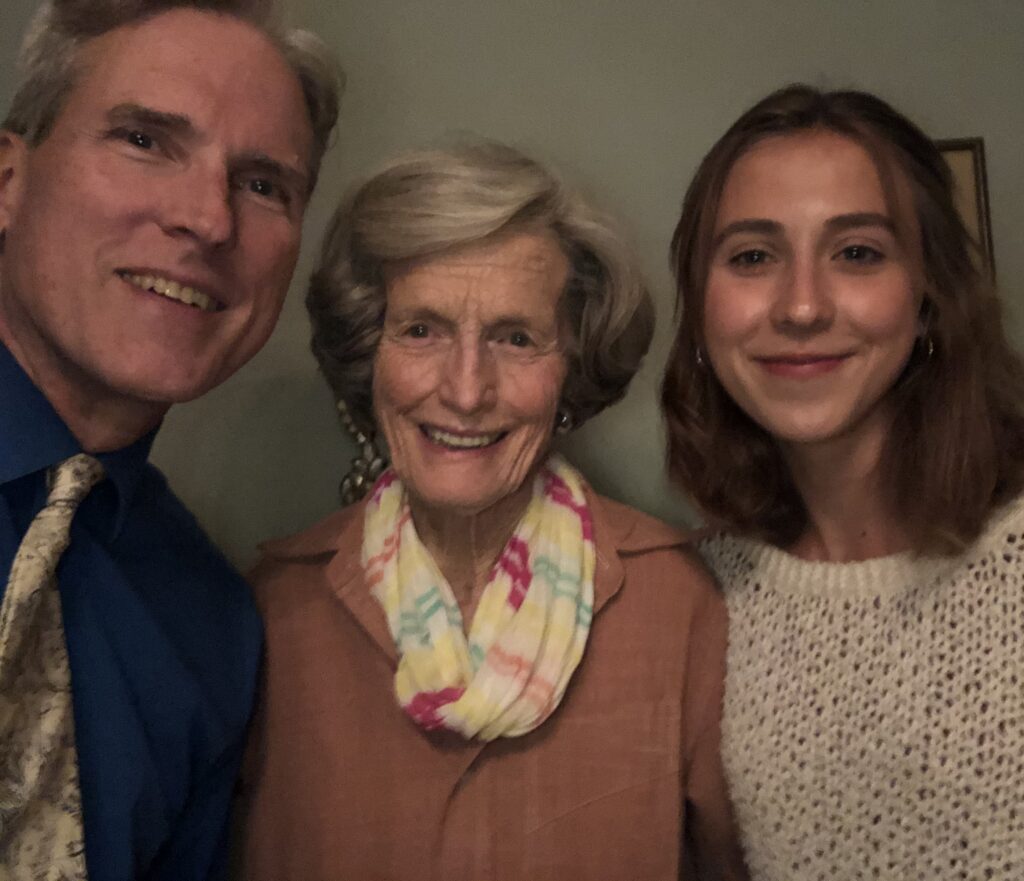This is part of a series of posts by recipients of the 2021 Career Services Summer Funding Grant. We’ve asked funding recipients to reflect on their summer experiences and talk about the industries in which they spent their summer. You can read the entire series here.
This entry is by Nicolette Peterson, COL ’23
 This summer, I had the privilege of working alongside UCLA rheumatologist Dr. Patrick Whelan on his pediatric malignant atrophic papulosis (MAP) research project. MAP, otherwise known as Kohlmeier-Degos Disease, is an extremely rare, almost invariably fatal disorder that typically manifests in a triad of cutaneous, neurological, and gastrointestinal symptoms. Patients oftentimes initially present with skin lesions, small (⅛ inch) bumps with an irregular pink border and a sunken porcelain-white center. The disease pathology shows endothelial cell proliferation (an “endotheliosis”), compromising arteriole blood flow and leading to the formation of blood clots. Usually, MAP skin lesions precede the onset of systemic neurological/GI symptoms, which may include subdural hygroma, spinal cord infarction, muscle weakness, numbness, abdominal distension, and abdominal pain, among others.
This summer, I had the privilege of working alongside UCLA rheumatologist Dr. Patrick Whelan on his pediatric malignant atrophic papulosis (MAP) research project. MAP, otherwise known as Kohlmeier-Degos Disease, is an extremely rare, almost invariably fatal disorder that typically manifests in a triad of cutaneous, neurological, and gastrointestinal symptoms. Patients oftentimes initially present with skin lesions, small (⅛ inch) bumps with an irregular pink border and a sunken porcelain-white center. The disease pathology shows endothelial cell proliferation (an “endotheliosis”), compromising arteriole blood flow and leading to the formation of blood clots. Usually, MAP skin lesions precede the onset of systemic neurological/GI symptoms, which may include subdural hygroma, spinal cord infarction, muscle weakness, numbness, abdominal distension, and abdominal pain, among others.
Dr. Patrick Whelan is a pediatric rheumatologist and clinical researcher who has worked at UCLA, MassGeneral Hospital, the USC Keck School of Medicine, and the Los Angeles Pediatric Society; this fall, he will be a professor at Harvard University. He has consulted with more pediatric MAP patients than any other physician in the world. We initially aimed to isolate all patients from the UCLA database with a MAP differential diagnosis, in order to identify their unifying etiologic and pathologic characteristics. Testifying to the clinical rarity of the condition, we were only able to identify a single pediatric MAP patient in the entirety of the UCLA database. After reviewing more than 2 million records from the UCLA CareConnect system from the past eight years, just one 13-year-old girl with systemic lupus was found to have definitive MAP lesions on her extremities.
In addition to our work on pediatric MAP, we attended conferences with an international consortium of physicians conducting research on Covid vaccine reliability. The research aimed to specify patient populations who may be at an increased risk of adverse responses to Pfizer, Moderna, or Johnson due to preexisting, underlying health conditions. These conferences were led by Dr. Kathy Musa-Veloso, Senior Director within Intertek’s Food Scientific and Regulatory Consultancy. My work involved the identification of individuals who experienced vaccination-induced thrombotic thrombocytopenic purpura (small vessel blood occlusions that result in skin lesions and potential associated brain, kidney, or heart issues) out of 400 patient records submitted through the VAERS database.
At the conclusion of my six weeks with Dr. Whelan, our work was presented at the Annual UCLA AIR Research Conference. We stressed the cruciality of physicians’ ability to identify primary neurologic symptoms of MAP, such as subdural hygroma, in addition to cutaneous findings; some pediatric MAP patients experience extensive, idiopathic neurologic complications prior to the identification of characteristic MAP skin lesions, delaying treatment and negatively impacting their prognosis. We also emphasized that studying the underlying biological mechanisms of exceedingly rare conditions is not only beneficial for the limited subset of individuals affected by the disorder; it may also shed light on the nature of disease pathways with much broader implications. Dr. Whelan exemplified this by describing the overlap in the cutaneous pathology of MAP and Covid-19. Following the conference, our work was summarized in an article for the Degos Disease Support Network (created by a Degos patient named Judith Calder), titled “Of Zebras and Elephants: Parallels between pediatric Kohlmeier-Degos disease and vascular manifestations of Covid-19.”
In addition to research work on MAP and Covid-19, I had the opportunity to shadow in the UCLA pediatric allergy unit. I followed RN Stacey Zedeck’s “Alternative dosing of omalizumab as an adjunct therapy during multi-allergen oral immunotherapy in food allergic patients” project. In collaboration with Stanford Medicine, her work seeks to test the efficacy of an externally administered allergen patch in the gradual desensitization of children with severe food allergies. I also shadowed in the intensive care unit and emergency room, overseeing a wide variety of cardiac, liver, respiratory, neurological, and trauma cases. I followed patients’ diagnostic procedures and care, involving chart review, radiology consultations, bedside examinations, and patient
rounding.
I have had an incredibly full summer, and my experience has definitely affirmed my desire to pursue a career in medicine. I am so grateful to Career Services for providing me with the funding to make this opportunity
possible.





